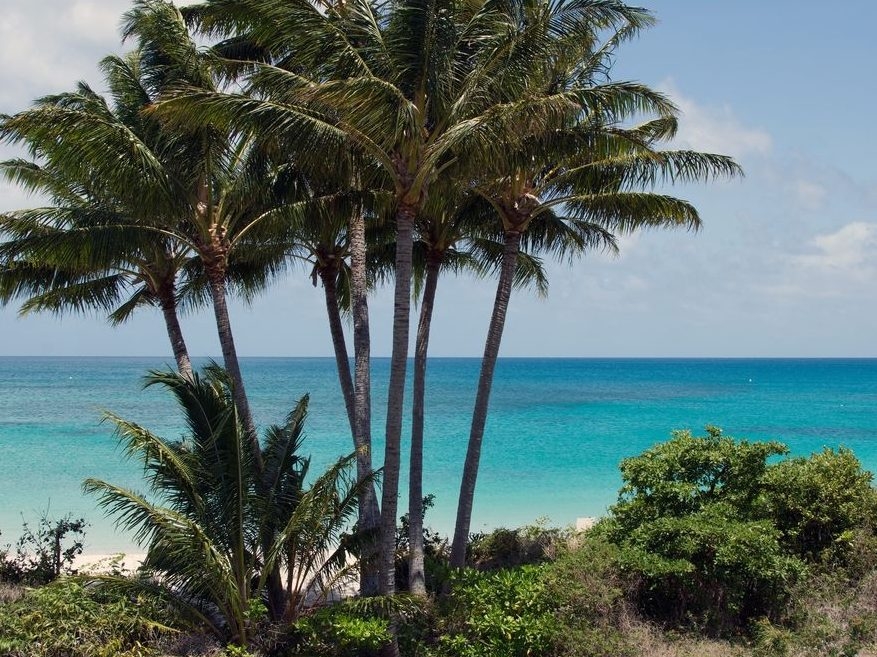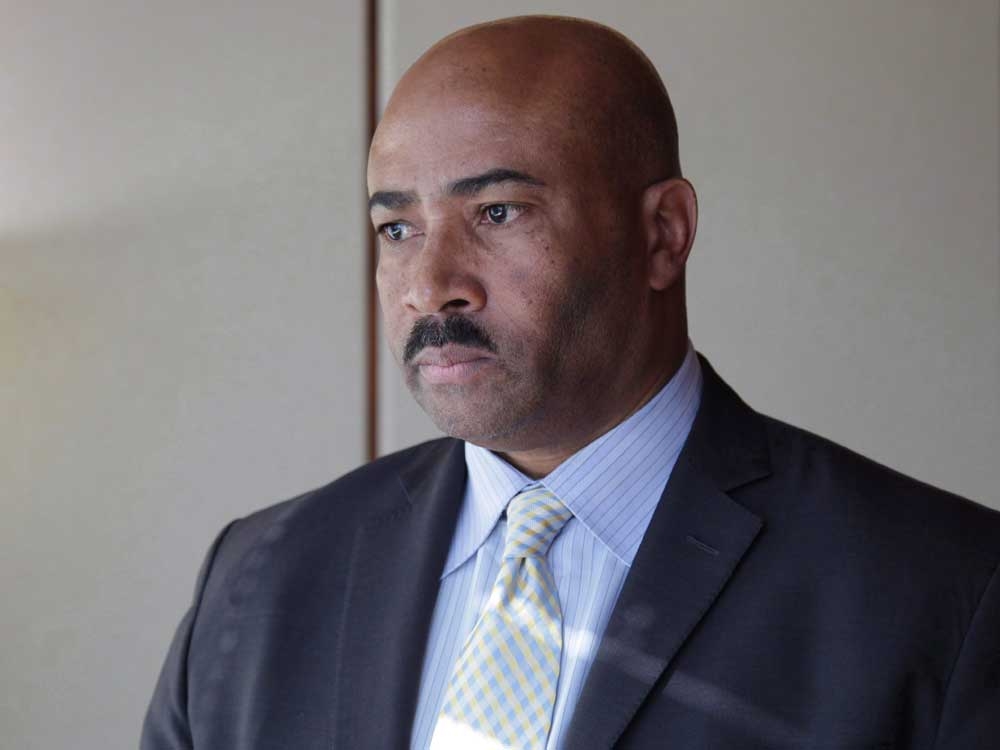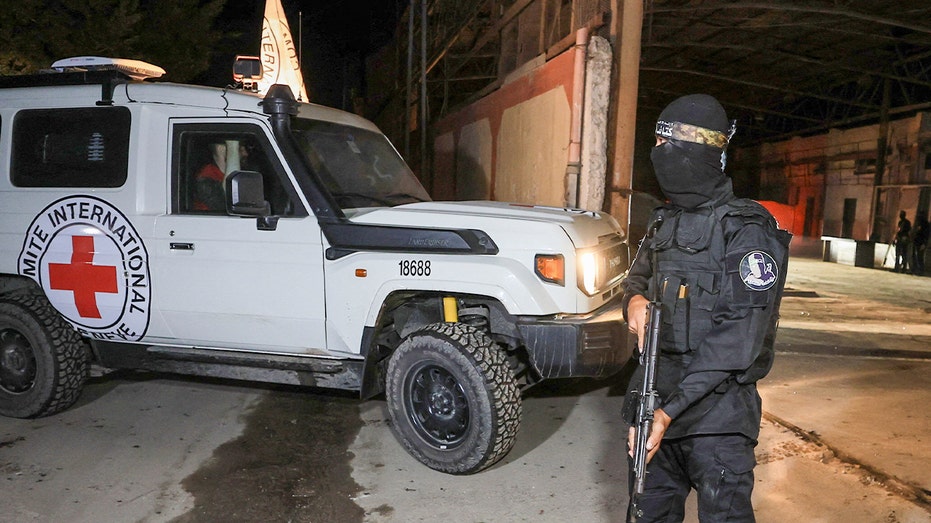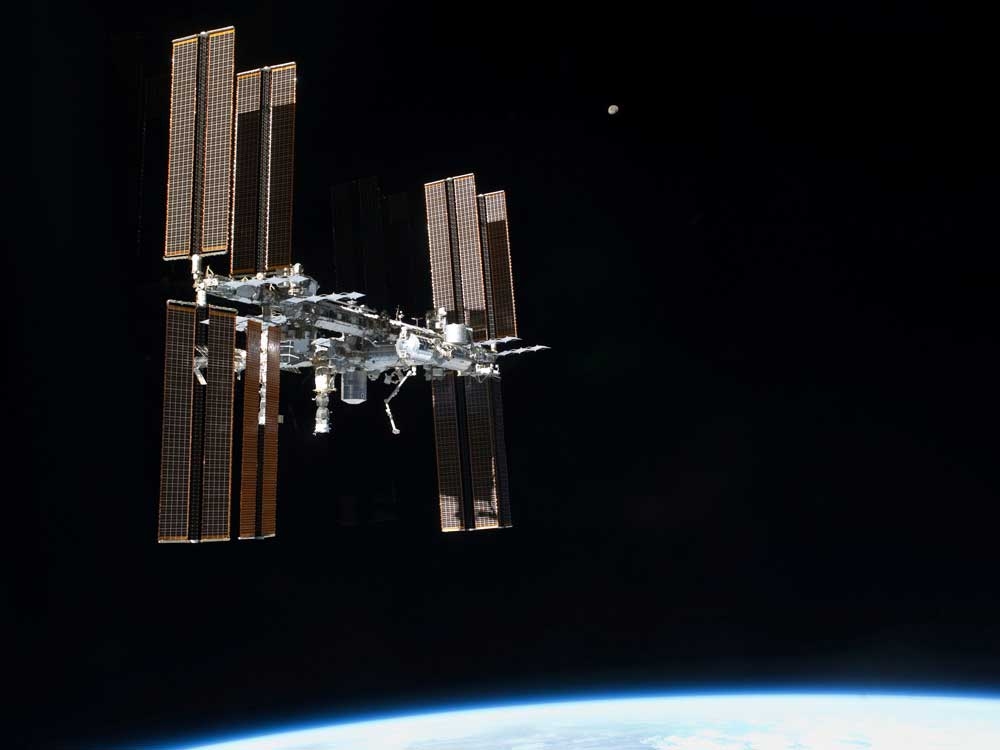The Caribbean is reeling in the aftermath of Hurricane Melissa, a storm of historic and terrifying power. Across Jamaica, Cuba, and Haiti, communities are grappling with devastation, loss, and the daunting task of rebuilding lives shattered in a matter of hours.
In Jamaica, the sound of chainsaws and heavy machinery fills the air, a desperate attempt to carve paths to isolated towns. Residents wander through the wreckage, faces etched with shock as they survey homes stripped bare, belongings scattered like forgotten memories. Sylvester Guthrie, a sanitation worker, clutches his bicycle – his only remaining possession – and pleads for assistance, his voice heavy with despair: “I don’t have a house now… I am going to need help.”
The scale of the destruction is immense. Transportation Minister Daryl Vaz described the devastation as “enormous,” while Prime Minister Andrew Holness declared the coastal community of Black River “ground zero,” estimating that 90% of its roofs have been torn away. Over 25,000 people are sheltering, and three-quarters of the island remains plunged into darkness.
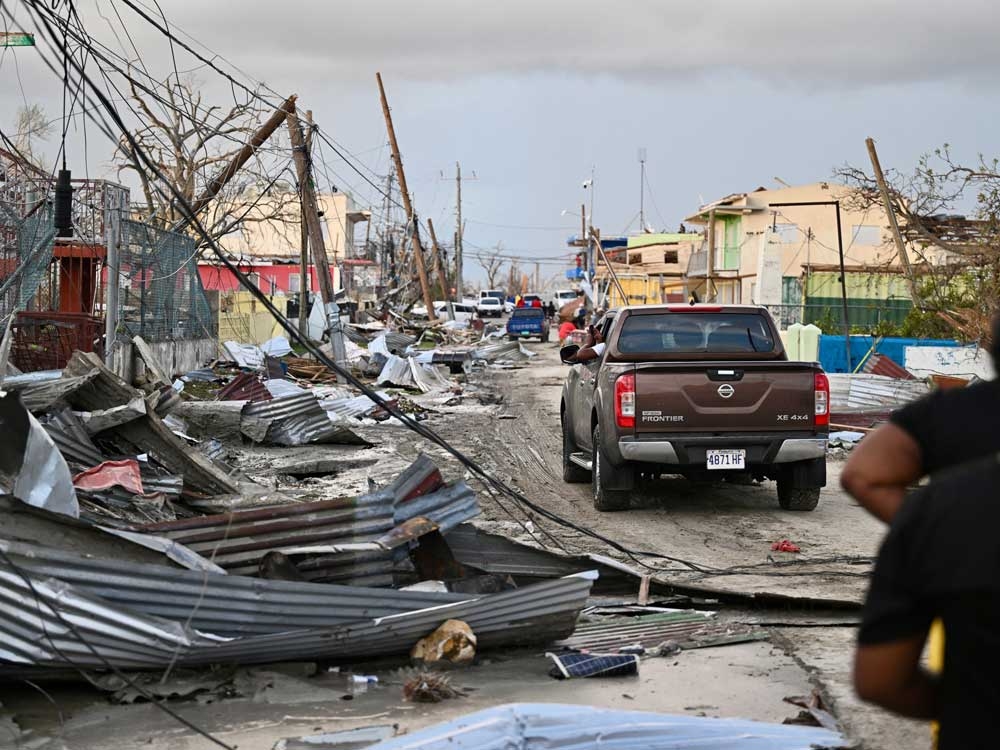
Haiti has suffered a particularly cruel blow. At least 25 lives have been lost, with 18 more missing, primarily in the south. The storm claimed entire families, leaving behind unimaginable grief. Steven Guadard’s voice breaks as he recounts the loss of his four children – a one-month-old infant, and three others on the cusp of childhood. The Civil Protection Agency reports 20 deaths in Petit-Goave alone, including ten children.
In Cuba, a massive evacuation effort prevented widespread fatalities, but the storm’s fury left its mark. Over 735,000 people were moved to safety, and now slowly begin the process of returning home to assess the damage. The iconic town of El Cobre, home to a revered basilica, bore the brunt of the storm’s rage.
“So much wind, so much wind,” recalls Odalys Ojeda, a retiree, staring at the gaping hole where her roof once was. Even the Basilica of Our Lady of Charity, a symbol of faith and resilience, sustained significant damage. Father Rogelio Dean Puerta’s plea echoes the desperation felt throughout the region: “We need help.”
Beyond the immediate loss of homes and infrastructure, the storm ravaged agricultural lands, destroying banana, cassava, and coffee plantations. While the rains offered a welcome respite from a severe drought, the overall impact is a setback that will take years to overcome. Communities remain cut off, without power, internet, or telephone service.
Hurricane Melissa arrived in Jamaica as a Category 5 storm, matching the highest intensity ever recorded for an Atlantic hurricane making landfall. Though weakened to a Category 3 by the time it reached Cuba, its power was undeniable. The storm continues its path, now a Category 2, and a hurricane warning remains in effect for Bermuda.
As Melissa moves north-northeast, the focus shifts to preparedness and potential impact on Bermuda. But for the people of the Caribbean, the immediate future is about survival, recovery, and the long, arduous journey of rebuilding from the ruins left behind by this historic and devastating storm.
